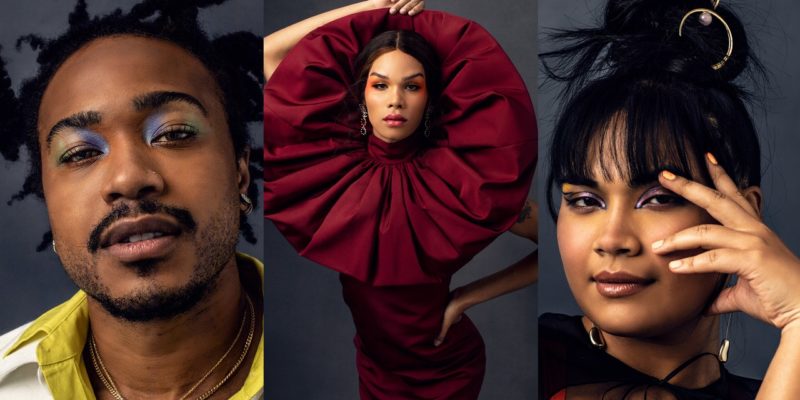
This piece is part of In Transit, our series exploring the ins and outs of transitioning and how trans and nonbinary people define it for themselves.
When I get dressed, I ask myself a series of questions, a play-by-play: “Does this make me feel good because it is comfortable and soft to the touch?” followed by, “Does it make me feel good because it wields the power to convince society of the gender I wish for them to understand?” And, finally, “Am I undeniable?” In other words, do I check off the boxes needed to be a girl in this society?
There are moments when I am convinced that, despite my deliberate pursuits to get to this point in my life as a trans person, everything still revolves around cis people.
I question whether my quality of living has truly changed if my standards of “being myself” remain to be determined by others’ discernment. Even in choosing myself over and over again, do the circumstances — which already heavily orbit around everyone else — negate choosing in favor of my agency?
If transitioning meant feeling more true to myself, then who was I before I left the closet? And afterward, what stops me from coming back inside?
Universally, transitions apply to everyone. Outside of transness, these can take place within various scopes: Before and after moving to a new school. Before and after losing a family member. Before and after trying a different haircut. And we, as a society, typically respect — even expect — the route people take to get from Point A to Point B and honor their privacy in doing so.
But for trans and nonbinary people, the rules are different: We cue the curtain. We shine the spotlight. All of a sudden, there is an audience. By hyper-focusing on how they look now, and maybe even more so on what they used to look like, we dilute their experiences as unique individuals within the public gaze to “befores” and “afters.”
The Fascination With the “Debut”
Six years ago, a former Olympic gold medalist premiered her image as an openly trans woman in a sitting center frame with curled long brown hair and an ivory corset. “Call me Caitlyn,” reads the now-famous Vanity Fair cover story.